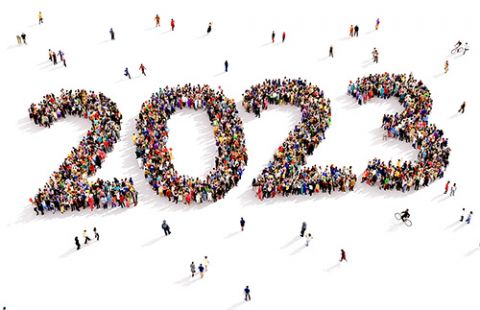The state government monitors the population of South Australia which continues to grow and change.
The Department for Housing and Urban Development acknowledges and respects Aboriginal peoples as the state's First Peoples and nations and recognises Aboriginal peoples as Traditional Owners and occupants of lands and waters in South Australia.




